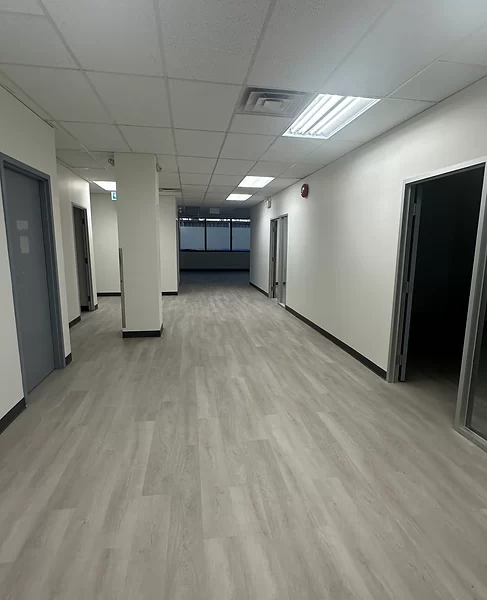There are three types of web design in Canada: Single page, Responsive and Content-oriented. Each design has its unique strengths and weaknesses. Learn the basics of each before tackling the bigger challenges. What’s the difference between these three types of web design? And how can they benefit your business? Here are a few examples of each. You can choose whichever type works best for your business. Hopefully, this information will help you make an informed decision about your next website.
Single-page website:
To create a successful single-page website, you’ll need to consider your business model and brand utility span. However, even giants have had trouble creating a single-page set-up. To succeed with single-page website design, UX designers must research the target audience and business objectives extensively. There are several reasons why digital businesses should consider single-page web design. Read on to discover some of them.
As a single-page website, you can focus on delivering compelling, easy-to-navigate, engaging, and informative content. You can also create an interactive blog for your site to keep your audience interested. You can also choose what content visitors should expect on your website. The choice is entirely yours, but it’s important to remember the audience’s needs. This way, your content, and brand will be more visible to the audience.
Responsive design:
One of the key elements of responsive web design is fluid grids. These use media queries to design for different screen sizes and orientations. With responsive web design, images are loaded in their original width and height, avoiding needing to hard-code them into the page. The media is resized with CSS to match the size of the device. Responsive web design is also useful for designing for tablets, smartphones, and TVs.
Content-oriented website:
In content-oriented websites, large blocks of text are used to convey information. In contrast, web applications focus on task execution and typically use smaller, isolated text inclusions. Understanding the functional differences between content-oriented and web-application websites helps designers balance font choices and focus on the right elements of a project. Content-oriented websites should include plenty of unique content that attracts users. The following are three characteristics of content-oriented websites.

